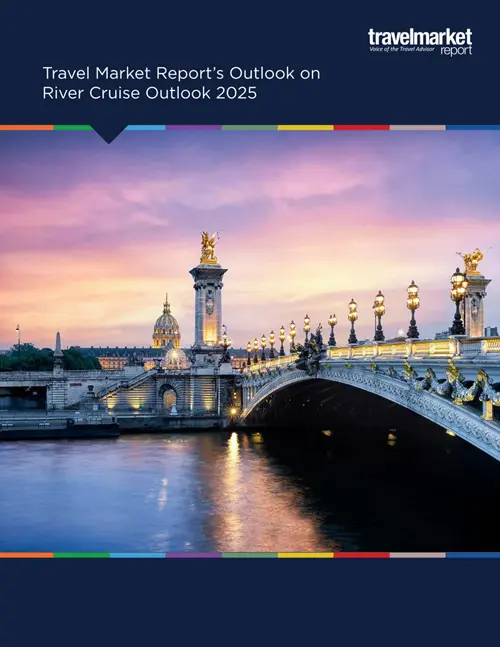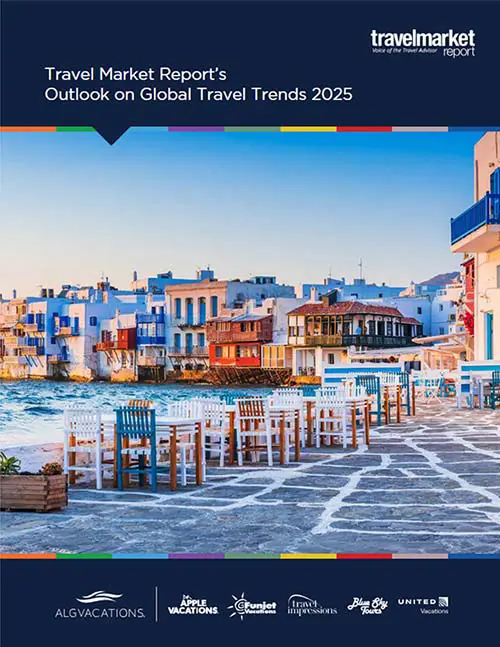Testing the Waters with Dori: Visiting the Danube Delta
by Dori Saltzman
One of the keys to remaining competitive for both ocean and river cruise lines is finding new destinations to entice travelers with. Because of the specific requirements for docking, new port calls are harder to come by. But opportunities for pre- and post- land trips abound.
I stumbled onto one such opportunity late last month, when I spent a tranquil and fascinating two days in the Danube Delta in Romania.
For those unfamiliar with the destination, the Delta is where the Danube River empties out into the Black Sea. The second largest Delta in Europe, it encompasses about 1,600 square miles, is home to more than 300 species of birds, and is listed as a UNESCO World Heritage Site.
And, at a time when overcrowding is a real issue in Europe, it’s way under the radar as far as tourist destinations go.
Our visit to the area, which was about five days before the high-season really kicks in when kids in Romania get out of school, was as quiet as could be. In fact, my in-laws and my husband and I were the only guests at our pensiunea (kind of a cross between a lodge and a boutique hotel). During high season, the area is more crowded – mostly with Romanians – but it’s nothing like what’s happening in Italy or Greece.
And because you can only get to the Delta by boat transfer
One of the keys to remaining competitive for both ocean and river cruise lines is finding new destinations to entice travelers with. Because of the specific requirements for docking, new port calls are harder to come by. But opportunities for pre- and post- land trips abound.
I stumbled onto one such opportunity late last month, when I spent a tranquil and fascinating two days in the Danube Delta in Romania.
For those unfamiliar with the destination, the Delta is where the Danube River empties out into the Black Sea. The second largest Delta in Europe, it encompasses about 1,600 square miles, is home to more than 300 species of birds, and is listed as a UNESCO World Heritage Site.
And, at a time when overcrowding is a real issue in Europe, it’s way under the radar as far as tourist destinations go.
Our visit to the area, which was about five days before the high-season really kicks in when kids in Romania get out of school, was as quiet as could be. In fact, my in-laws and my husband and I were the only guests at our pensiunea (kind of a cross between a lodge and a boutique hotel). During high season, the area is more crowded – mostly with Romanians – but it’s nothing like what’s happening in Italy or Greece.
And because you can only get to the Delta by boat transfer and there’s only so much real estate within the more easily accessible towns, the number of tourists who can visit is limited.
The remoteness of the area, the quiet beauty – especially once you get out onto the many waterways to see all the wildlife, the freshly made and locally sourced cuisine, are all a part of the region’s attraction.
From the moment we got into our boat transfer, about an hour away from where we were staying, the rest of the world seemed to fall away. It’s rare to find oneself someplace you can only reach by boat these days.
It’s not just the pensiuneas you need a boat to reach. Want to go to the beach? You’ll need a boat transfer. Want to visit the region’s only city? You’ll need to take a boat. Want to see the bird life? You’ll need to take a boat excursion.
We did two such excursions. The first was the afternoon we arrived into the early evening where our guide took us through several lakes to see a lively cormorant colony busily feeding their (noisy) young chicks. On the way there and back, we also saw swans, cranes, swallows, and others we couldn’t identify in the dusky skies.
By the time we got back to our pensiunea around 9pm, we were more than ready for our dinner of fresh fish. (At our pensiunea there was no set menu to choose from. We made our selection for dinner earlier in the day from a choice of three options. We did the same the next day, with a choice of three different options. Lunch was always a fish soup.)
For our excursion the second day we combined two tours for one extra-long tour.
For the first half of the tour, we took a boat to a forest in the middle of the Danube. From the boat to the forest, we had a choice of a horse and cart or an open-bed truck for transportation. In the sandy forest – once the bottom of the Black Sea – we got to see wild horses and trees as old as 500 years old. One of the coolest things about the forest is how varied it is. All the trees are the result of seeds carried by the Danube River over hundreds of years that washed up on these sandy pastures.
The second half of the tour took as past tiny villages (we’re talking four or five homes, most of which are dying off as the younger generation moves away) and into the bay where one branch of the Danube empties. Here we saw hundreds of pelicans and got within feet of the Ukrainian border, before heading back up the Danube to the region’s only city, Sulina. A stop at a small “museum” run by a local resident who has been collecting documents and city-related artifacts for decades, gave us a brief history of the city that once buzzed with industry.
Throughout my two days in the Delta, I kept thinking how amazing a destination the area could be for Danube River cruisers whose cruises begin or end in Romania. When we weren’t experiencing the beautiful scenery and marveling at the abundance of wildlife, we chatted with our hostess at the pensiunea learning about her life in the area. And we got to try fish dishes you won’t find anywhere else in the country.
What I didn’t realize at the time was that most Danube River cruises that extend this far east, don’t actually start or end in Romania. While the hotel stay is always in Bucharest, the actual cruises mostly start or end in a Bulgarian port about four hours away from the Delta. For North Americans, only (select) Viking and Amadeus cruises start or end in Constanta, some two hours away from the Delta. (Lesser known cruise lines that don’t typically cater to North Americans like A-ROSA, CroisiEurope, and Riviera Travel do pass through the Danube Delta.)
But in both cases, those that start or end in Bulgaria and those that start or end in Constanta, the pre/post is always the same. One night in Bucharest and the option to visit Transylvania. And, I get it. Who doesn’t want to visit Transylvania? It’s where Dracula comes from, after all.
But for adventurous river cruisers who truly want to experience what the Danube River means to the people who live along it, a visit to the Danube Delta can be much more meaningful. In the Delta, river cruisers will get a deeper understanding of the river and experience a culture that is dependent on the river, with cuisine they won’t find anywhere else.
Want to know more about my experience in the Danube Delta and what your clients will need if you’d like to offer the region as a destination? Feel free to reach out to me at dsaltzman@travelmarketreport.com with any questions.




























